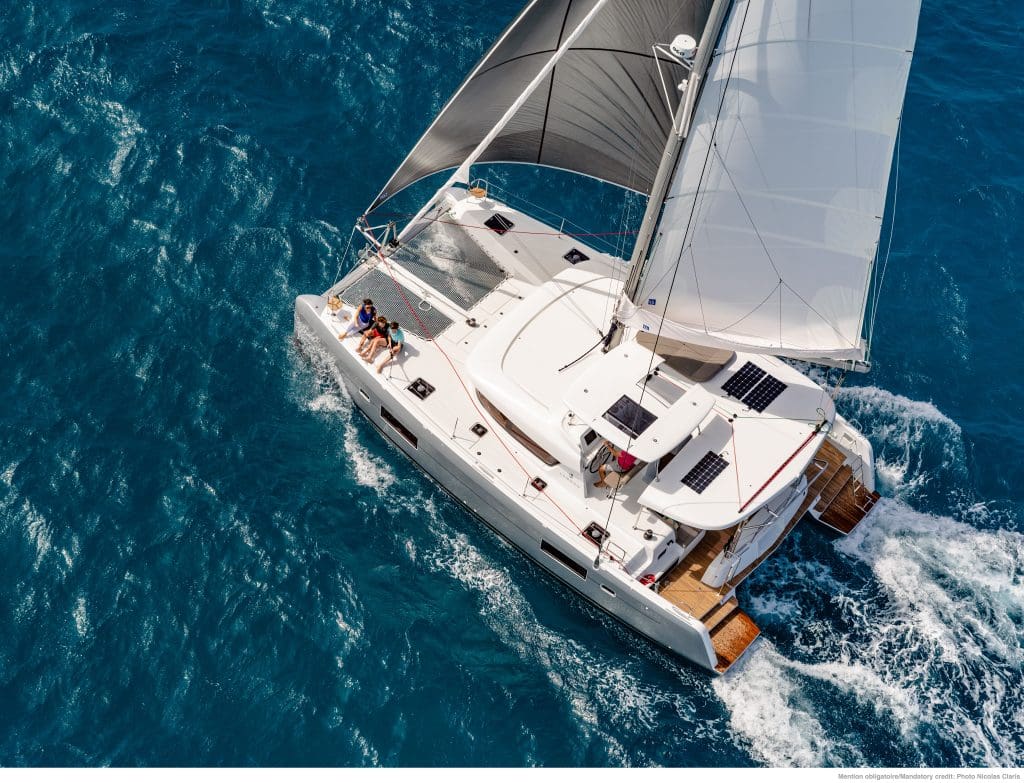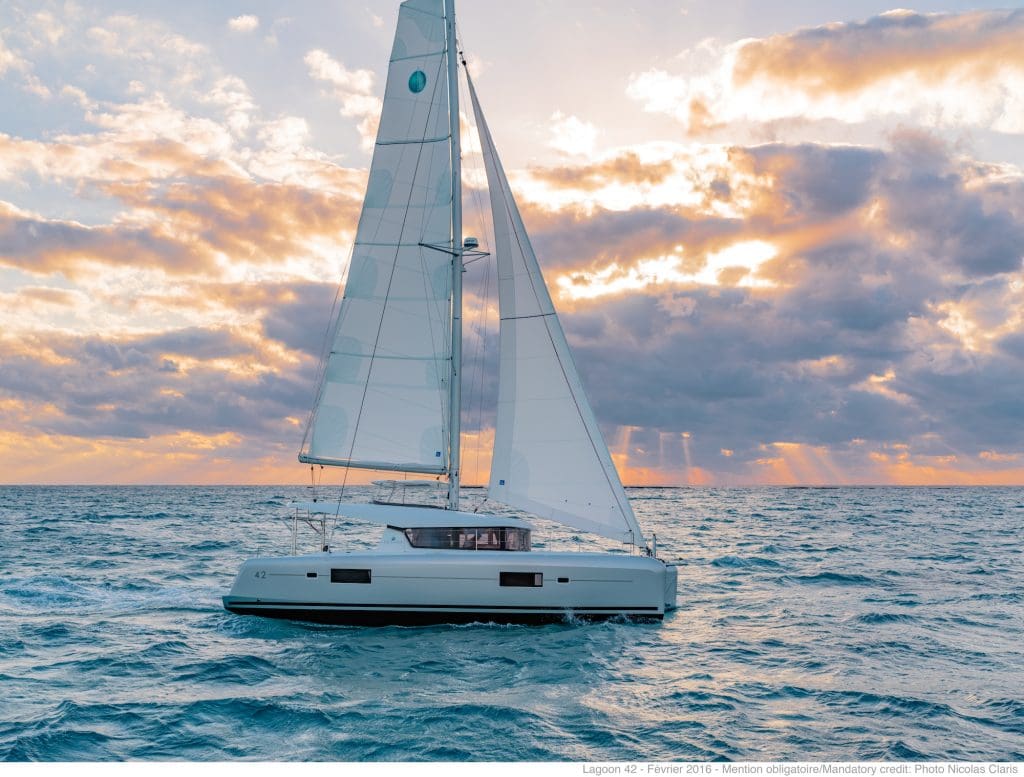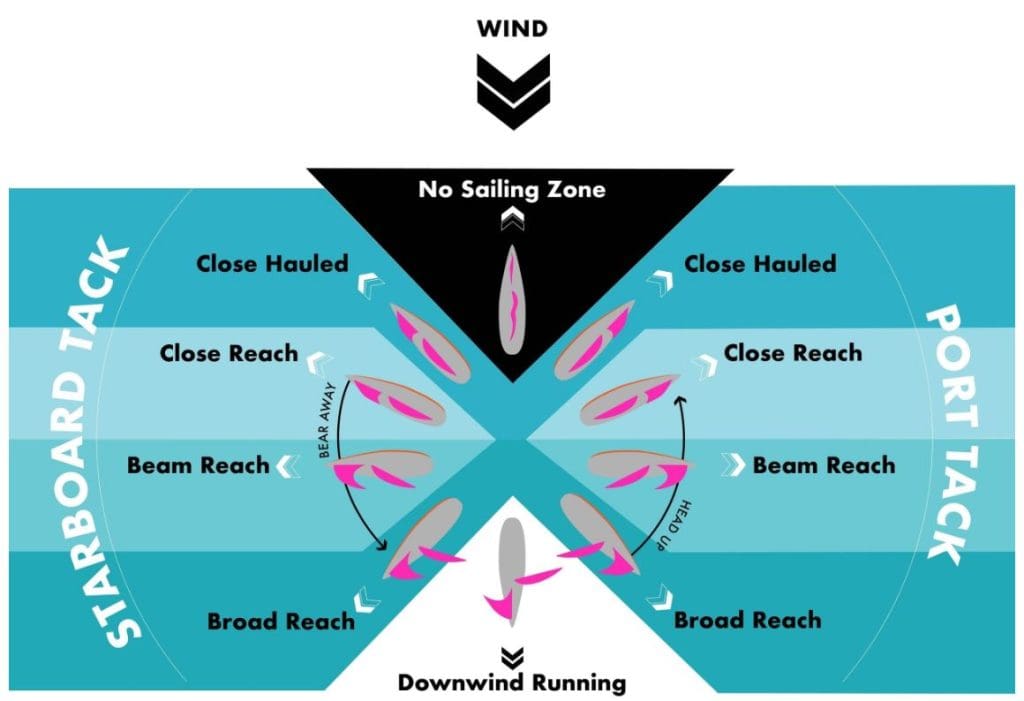Sailing is a timeless pursuit that allows us to harness the power of the wind, venture into the open sea, and explore the world in a way that few other activities can match. Central to the art of sailing is the ability to read the wind, an essential skill that ensures a safe and enjoyable journey on the water. In this blog, we’ll delve into the fascinating world of wind reading and discuss how it plays a pivotal role in sailing, and enjoying your bareboat charter in the Whitsundays.
Understanding Wind Basics

Before you can read the wind effectively, it’s important to have a basic understanding of how the wind operates. Wind is the result of the movement of air masses in the Earth’s atmosphere. It flows from areas of high pressure to areas of low pressure, creating currents in the air. As a sailor, your goal is to harness the power of these currents to propel your vessel forward.
The wind is the primary source of propulsion for a sailboat. When you capture the wind’s energy with your sails, it creates lift and propels your boat forward. But to use the wind to your advantage, you need to be able to read it accurately.
Wind Direction
The direction from which the wind is blowing is crucial for determining your course. To gauge the wind direction, you can use a wind indicator or a telltale flag. The wind indicator is located at the top of the mast, which the telltale flag are located on the main sail itself, usually with red telltale flags on the port or left hand side of the mainsail, and green telltale flags on the starboard or right hand side of the mainsail. The “head to wind” position is where the wind is coming directly toward the bow of your boat, while the “wind abeam” means it’s coming from the side. The “wind on the stern” indicates the wind is coming from behind.
Wind Strength
Wind strength is measured in knots and knowing the wind strength is essential for deciding how much sail to hoist or reef. Too much sail in strong winds can lead to strain on the mast and equipment, while too little sail in light winds can hinder your progress.
Reading the ‘Signs’
Apart from the instruments on board your vessel, there are many signs in nature that can help you read the wind while sailing.
Water Ripples
Watch the surface of the water for ripples and patterns. Ripples moving towards your boat indicate the wind is coming from that direction.

Flags and Buoys
Observe flags on shore, other boats, or buoys. If they are fluttering or leaning in one direction, it’s a good indication of the wind’s origin.
Clouds
Different cloud formations can also offer insights into wind direction and potential weather changes. For instance, dark, billowing clouds may signal an approaching storm.
Land and Shore Effects
The wind can be influenced by the surrounding landscape. In a narrow channel or near land, the wind can funnel and accelerate, causing increased wind speed. Funnel Bay, Butterfly Bay and Stonehaven are some of the anchorages you’ll experience ‘bullets’ of wind.
Vegetation
Trees and plants on the shore can help indicate wind direction. They may sway or lean in the direction of the prevailing wind.
Sailing Strategies
With the ability to read the wind, you can make informed decisions about your sailing strategy.

Upwind Sailing
When sailing into the wind (close hauled and close reach), you need to tack back and forth at an angle to make progress. Reading the wind direction is crucial for finding the right angle and adjusting your sails accordingly.
Downwind Sailing
Sailing with the wind at your back (broad reach and running) requires different sail adjustments. Knowing the wind direction helps prevent accidental jibes, where the boom swings uncontrollably.
Reading the wind while sailing is both a science and an art. It requires a combination of observation, experience, and an understanding of the elements. As a sailor, mastering this skill is fundamental to a safe and successful voyage. So, whether you’re a novice or a seasoned sailor, take the time to study the wind, and let it be your trusted ally on your nautical adventures. Happy sailing!
